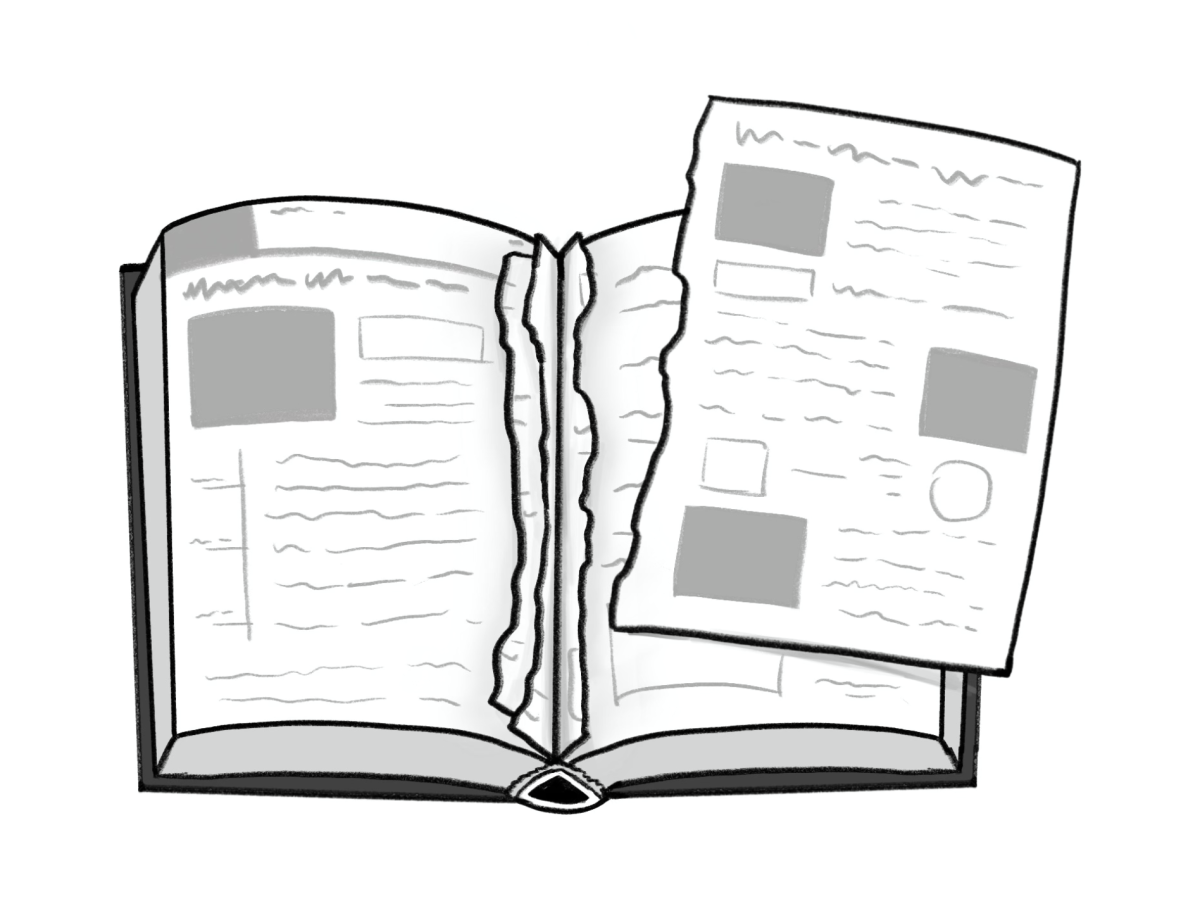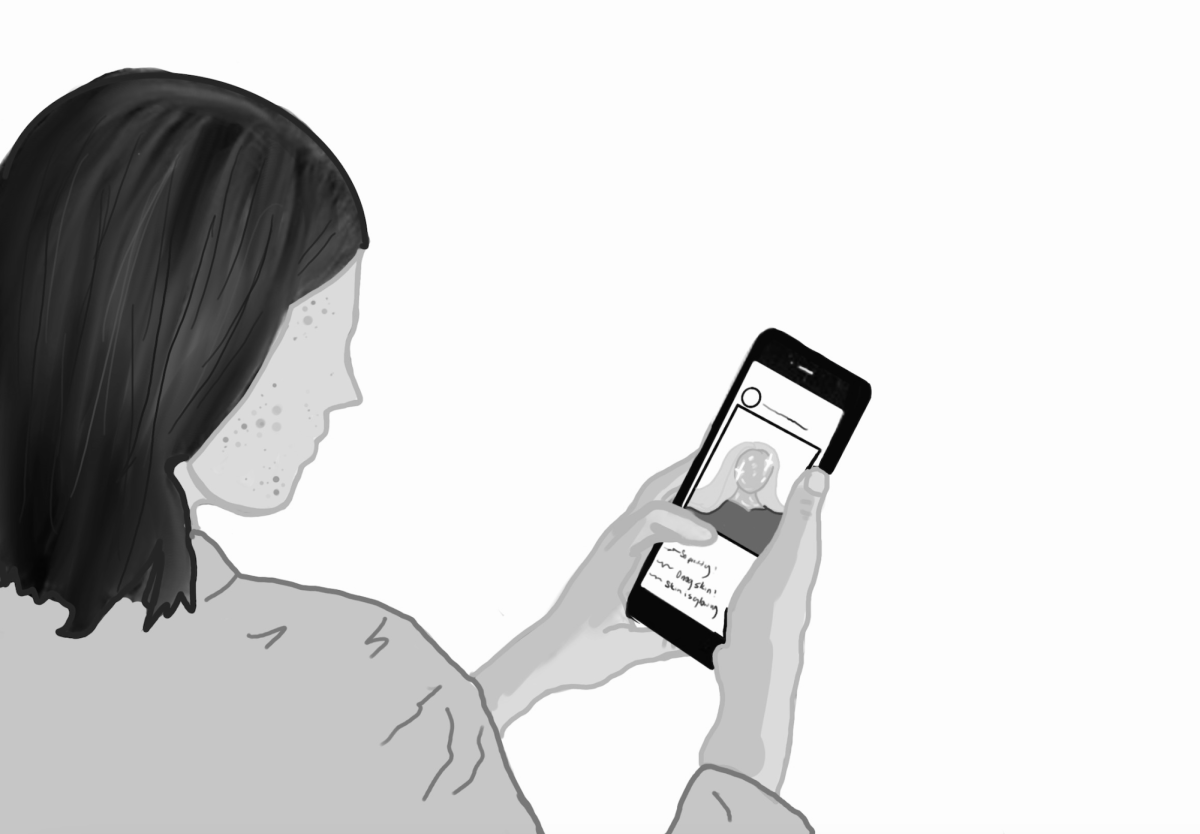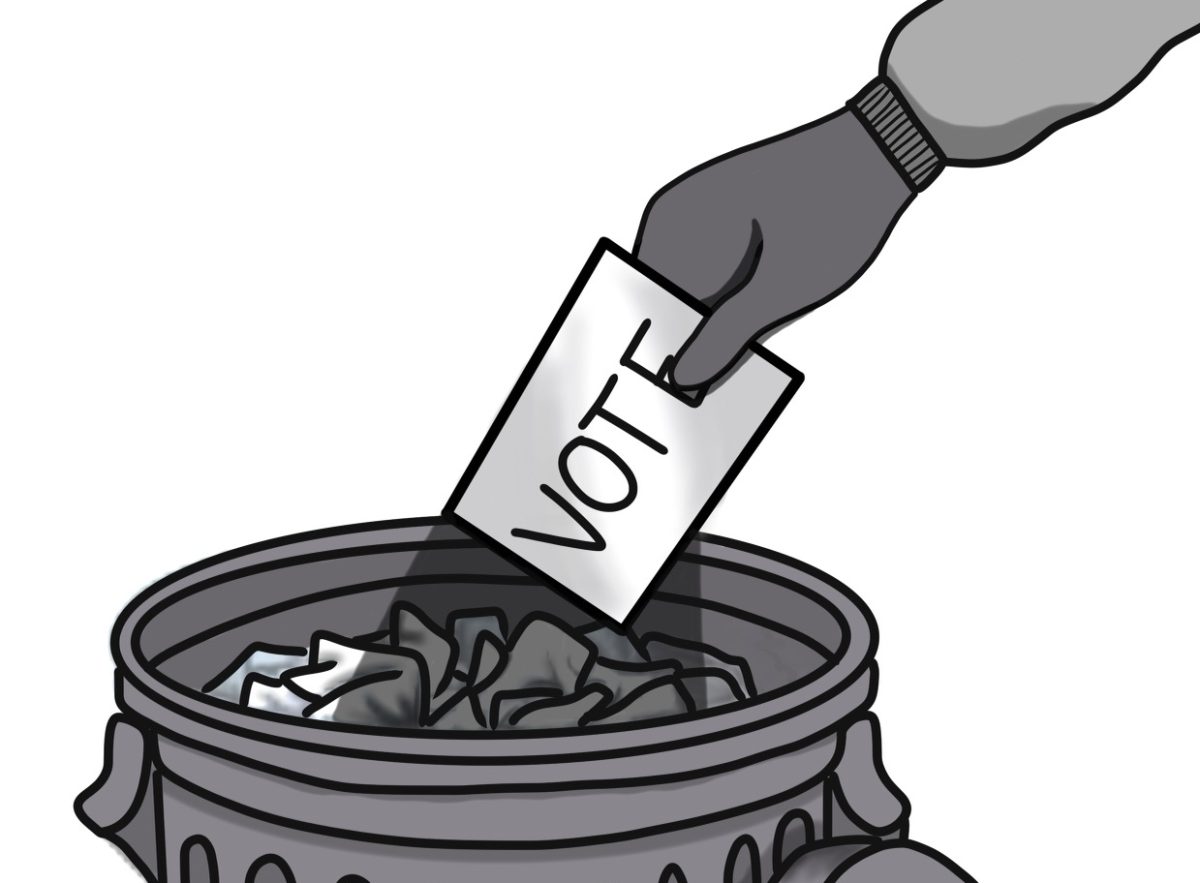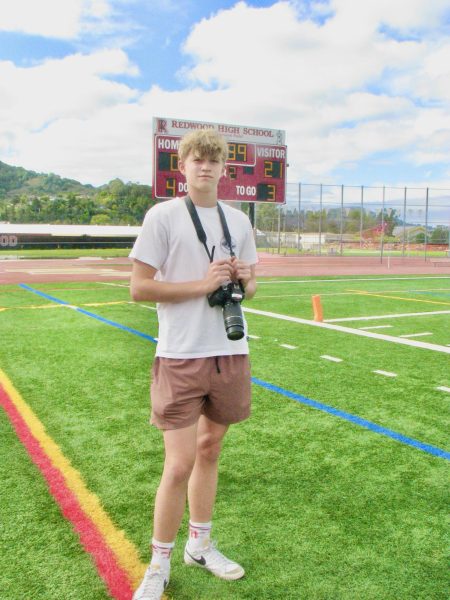In a world where every moment is a potential photo-op and every face carries the weight of filters and expectations, we find ourselves trapped in the complexity of modern existence. The selfie, a seemingly innocuous click, has become a potent mirror reflecting our desires and insecurities. Selfie culture, with its relentless pursuit of external validation through carefully curated images, can erode self-esteem by perpetuating unrealistic beauty standards and fostering a constant need for external approval, detracting from the development of genuine self-worth and self-acceptance.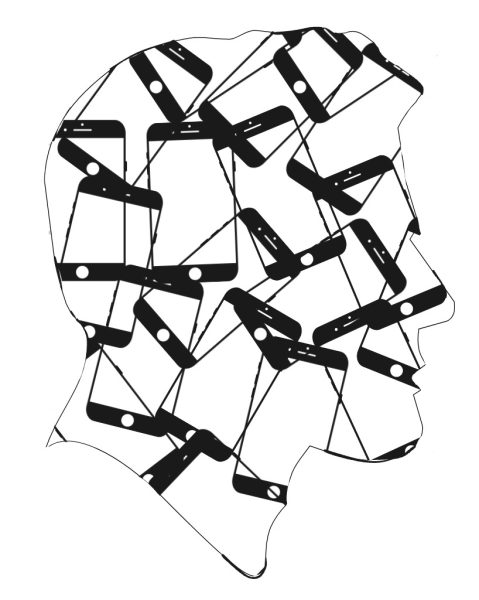
Research findings suggest that the adolescent years are a critical stage in a person’s life where they are at a heightened risk of developing body dysmorphia and struggling with self-esteem issues. According to the National Institute of Health, two-thirds of people who develop body dysmorphia do so before the age of eighteen. These adolescent self-esteem issues have been increasing synchronously with the growing prevalence of social media. The National Library of Medicine shows that image-based social media platforms such as Snapchat and Instagram are positively associated with body dysmorphia symptoms in teens averaging the age of 16. In fact, according to Pew Research, 43 percent of teens feel pressured to post and send selfies on social media that make them look “good to others.” Whether this involves taking selfies from a particular angle or applying post-production filters and edits, for many teens, selfies have become a measurement of self-worth, creating a narcissistic reliance on external attention, approval and affirmation as opposed to internal qualities. This affliction is commonly referred to as “Selfitis” by the National Library of Medicine, or the obsessive desire to take photos of oneself and post them on social media. This seemingly harmless show of self-expression turns into a harmful determinant of body dysmorphia as teens begin comparing themselves to others online.
Tammy Qiu, a psychiatrist from the Stanford Institute for Human-Centered Artificial Intelligence, has studied the effect of social media on adolescent development and commented on such.
“When presented with the curated feeds of other people, we are vulnerable to ‘frequent and extreme upward social comparison,’ which can lead to a number of negative side-effects such as erosion of self-esteem, depressed mood, and decreased life satisfaction,” Qiu said.
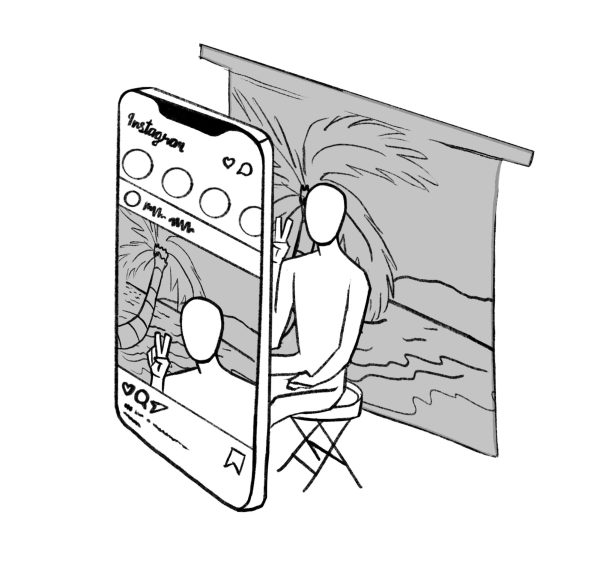
This comparison often results in teens transforming their appearance in order to meet unrealistic online expectations, which often involves the application of filters and various editing techniques. On apps such as Snapchat and Instagram, there are endless filters to choose from, some playful and lighthearted, while others are used simply to optimize one’s appearance. Individuals afflicted by body dysmorphia fixate intensely on whatever they perceive as a deformity; these perceived flaws are greatly exaggerated in the person’s mind. Selfitis is a real disorder with very real consequences. Our societal norms must change, no longer can we emphasize physical appearance to the point of the online alteration of one’s image.
It may be true that selfies allow individuals to express themselves creatively through photography, showcasing their unique style, personality and interests. They can even boost self-esteem by reinforcing a sense of identity and authenticity. However, the issue with selfies is not self-expression: It is the culture that encourages comparison and alteration. A selfie itself is somewhat harmless and even beneficial for recording positive memories and expressing one’s self, but when they turn into an obsession over online comparison, instant gratification and appearance alterations, selfies can be dangerous to the mental health of teenagers. Let’s shift the focus from outward validation to inner acceptance and self-expression, forging a healthier digital future that values individuality over digital illusions.







